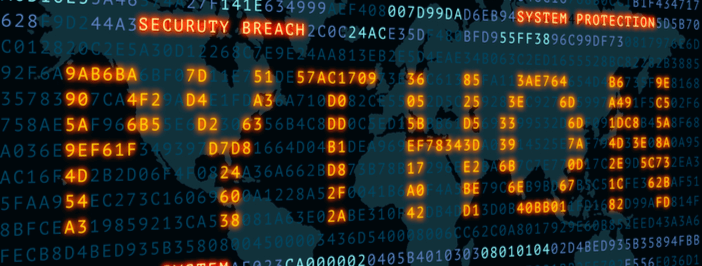The Python programming language is experiencing incredible growth. In 2017, Stack Overflow calculated that Python was the fastest-growing programming language among developers and predicted that it would significantly outstrip other languages by 2019.
What's more, it's not just programmers who are paying attention. According to the weekly news magazine The Economist, Python is becoming the world's most popular coding language.
Here are 6 reasons that the Python programming language is becoming so popular.
1. Ease of use
Since its creation in the late 1980s by Guido van Rossum, Python has been specifically designed to be a general-purpose language. The simplicity of Python, and its easily human-readable syntax are two reasons why the language is so popular among seasoned coding professionals and Computer Science 101 students alike. Python is also an interpreted language, which means that you can quickly experiment with changes to the code base.
2. Supportive community
Python has been around for three decades, which has been plenty of time for a mature, supportive community to grow up around the language. From official documentation to YouTube tutorials, Python learners of all ages and skill levels can find the support they need to improve their knowledge of the language. Python is also a popular language in academia, where it's used to introduce students to computer science as much as it's used for in-depth research projects.
3. Corporate sponsors
Programming languages and technologies often rise and fall thanks to the backing of a corporate sponsor: for example, Java by Sun and Oracle, and C# and Visual Basic by Microsoft. Organizations such as Facebook, Google, and Amazon Web Services not only use Python in their products, they've devoted a great deal of money and institutional effort to ensure the language's success.
4. Libraries and frameworks
As a result of its strong community and corporate sponsorship, Python benefits from hundreds of different libraries and frameworks for developers to use. These add-ons to the basic Python language can greatly enhance your programs' efficiency and cut down on the development time.
Some of the most popular Python libraries and frameworks are:
- Django for server-side web development
- NumPy for scientific computing
- BeautifulSoup for XML and HTML parsing
- SciPy for mathematics, science, and engineering applications
- matplotlib for plotting graphs and charts
5. Use in big data and machine learning
Big data and machine learning are two of the hottest trends in computer science right now, helping enterprises transform their workflows and processes. Python is the language in which much of this research and development takes place.
As the second most popular tool for analytics and data science, Python powers countless data processing workloads in organizations around the world. Meanwhile, Python libraries such as OpenCV for computer vision and TensorFlow for neural networks are used in thousands of machine learning projects every day.
6. Efficiency
Python represents a different programming paradigm than older languages such as Java and C++. However, this "Pythonic" way of doing things often permits developers to get more done with less work--often in just a few lines of code. What's more, the versatility of Python allows you to use the language across a variety of environments, from web development and mobile development to desktop applications and hardware programming.




